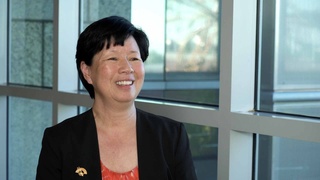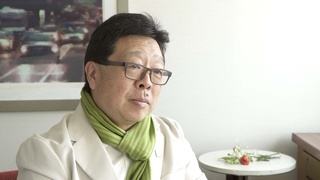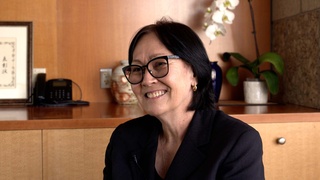Interviews
Working together in Okinawa using three languages
When we were in Okinawa, one thing that I think perfectly describes how confusing it can be to have so many cultures and languages, so we did a canoeing activity where we all had to canoe traditional Okinawan boats. And so we had an instructor at the front and they would be shouting out commands in Japanese. And you needed to follow it so that everyone would go the same direction otherwise your boat would tip over. So you’d shout it out in Japanese and the Japanese kids were sitting in the front with the Peruvian kids. So the Japanese kids would hear it and so with the Japanese Peruvian kids. The Japanese Peruvian kids could actually speak Japanese fluently, a lot of Japanese Peruvians can actually do that too, which is interesting. So the Japanese Peruvian kids would tell me that in Spanish, and then I would translate that Spanish to the American kids behind me who could only speak English. So I think that in itself just kind of tells you how confusing it could be, but also how fun that was just to see…we all have different languages, but we work together just as well. And we made it work. And I think that was one of the funniest moments, just trying to pass these down, these instructions down.
Date: August 30, 2018
Location: California, US
Interviewer: Sharon Yamato
Contributed by: Watase Media Arts Center, Japanese American National Museum










